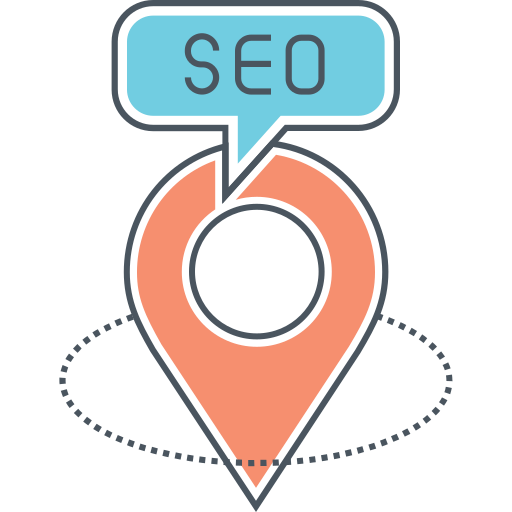SEO vs. SEM: Differences in Techniques, Costs, & Results
Introduction
When it comes to online marketing, two terms that often come up are SEO and SEM. While they may sound similar, there are significant differences between the two. In this article, we will explore the distinctions between SEO and SEM, including their techniques, costs, and results.
What is SEO?
SEO, or Search Engine Optimization, is a digital marketing strategy that focuses on improving a website’s visibility in organic search engine results. The goal of SEO is to increase the quantity and quality of traffic to a website through organic search.
SEO techniques involve optimizing various elements on a website, such as content, meta tags, headings, and URLs. It also includes off-page optimization strategies like link building and social media marketing. By implementing these techniques, websites can improve their search engine rankings and attract more organic traffic.
What is SEM?
SEM, or Search Engine Marketing, is a broader term that encompasses both organic and paid search strategies. While SEO focuses solely on organic results, SEM includes paid advertising campaigns as well.
SEM techniques involve creating and managing paid search campaigns using platforms like Google Ads. These campaigns allow businesses to display their ads on search engine results pages (SERPs) when users search for specific keywords. The ads are typically displayed at the top or bottom of the SERPs and are marked as “sponsored” or “ad.”
Techniques
SEO and SEM employ different techniques to achieve their goals.
SEO Techniques
SEO techniques primarily revolve around optimizing a website’s content and structure to improve its organic search rankings. Some common SEO techniques include:
- Keyword research and optimization: Identifying relevant keywords and incorporating them strategically into the website’s content.
- On-page optimization: Optimizing meta tags, headings, URLs, and internal linking structure.
- Off-page optimization: Building high-quality backlinks from reputable websites and engaging in social media marketing.
- Content creation: Producing high-quality, relevant, and engaging content that attracts organic traffic.
SEM Techniques
In addition to the SEO techniques mentioned above, SEM includes paid advertising strategies. Some common SEM techniques include:
- Keyword bidding: Selecting relevant keywords and bidding on them to display ads on search engine results pages.
- Ad creation: Designing compelling ads with persuasive copy and attractive visuals.
- Landing page optimization: Creating dedicated landing pages that align with the ad’s message and encourage conversions.
- Performance tracking: Monitoring campaign performance and making adjustments to maximize ROI.
Costs
Another significant difference between SEO and SEM is the cost involved.
SEO is generally considered a long-term investment as it takes time to see results. While the cost of implementing SEO techniques can vary depending on factors like the competitiveness of keywords and the complexity of the website, it is primarily focused on optimizing existing resources and does not require ongoing payments to search engines.
On the other hand, SEM involves paying for advertising space on search engine results pages. The cost of SEM campaigns can vary based on factors like keyword competitiveness, ad quality, and the bidding strategy. Businesses using SEM need to allocate a budget for their campaigns and pay for each click or impression their ads receive.
Results
The results of SEO and SEM can differ in terms of visibility, traffic, and conversions.
SEO focuses on improving organic search rankings, which can lead to increased visibility in search engine results pages. Higher rankings can result in more organic traffic to a website over time. However, achieving and maintaining top rankings can be challenging due to the ever-changing algorithms of search engines.
SEM, on the other hand, offers immediate visibility through paid ads. By bidding on relevant keywords, businesses can ensure their ads appear prominently on SERPs. This can drive targeted traffic to their websites and potentially lead to higher conversions. However, once the ad campaign ends or the budget is exhausted, the visibility and traffic generated through SEM may decline.
Conclusion
In summary, SEO and SEM are two distinct online marketing strategies with different techniques, costs, and results. SEO focuses on improving organic search rankings through various optimization techniques, while SEM includes both organic and paid search strategies. While SEO is a long-term investment, SEM offers immediate visibility through paid advertising. Ultimately, the choice between SEO and SEM depends on the specific goals and resources of a business.


![25 Best AI Social Media Tools to Try in 2024 [Tested Manually]](https://static.semrush.com/blog/uploads/media/d3/fa/d3fa26ef671a81b194bb3a41e73beee4/2c7e96d0d6ae1b7d2f993bdabf9b179b/25-best-ai-social-media-tools-to-try-in-2024.svg)

![The 10 Best AI Writing Tools to Try in 2024 [Tested Manually]](https://static.semrush.com/blog/uploads/media/3a/5e/3a5e0f6ec47a1d4e3495cf6c7a6194d5/8aee055881d17f9c5a0e1ed29dc749fb/the-10-best-ai-writing-tools-to-try-in-2024.svg)
.svg)
